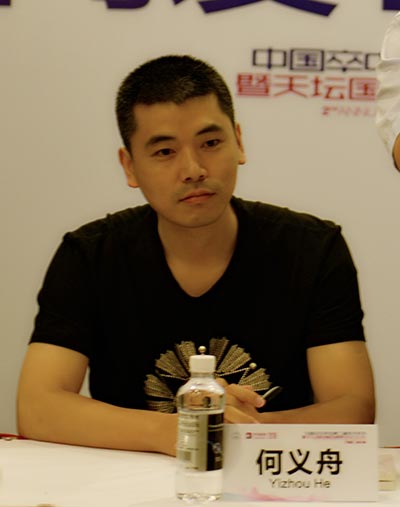 |
|
Sha Daidai is the cartoon version of He Yizhou, an ICU specialist with Zhongshan Hospital affiliated to Fudan University in Shanghai. Late at night after work, He often spends two hours drawing the cartoons. [Photo provided to China Daily]
|
Cartoons help doctors to communicate with patients, explaining to them their medical issues and treatment, or making them feel better, he says.
He Yizhou says he has loved reading cartoons since he was young, and started drawing them in about 1999, and became further fascinated with them two years later while studying for his master's degree.
He set up the WeChat public account Little Doctor Cartoons in the spring of 2014, after posting cartoons on other platforms, including online blogs and social media.
At first his cartoons focused on his observations about the work and life of doctors, introductions to medical experts and health education.
This year, at the suggestion of a mutual friend, Miao and He started working together on the cartoons, focusing on health education.
The pair say China lacks health education materials that cover a broad range of topics and are interesting for ordinary people, and this is something they are keen to help remedy.
Miao, who is a board member and director with national medical associations in the fields of stoke, cerebrovascular disease and neurology, says: "People need accurate medical information, but China invests very little in public health education, and Chinese patients know little about disease prevention and treatment."


























 Raymond Zhou:
Raymond Zhou: Pauline D Loh:
Pauline D Loh: Hot Pot
Hot Pot Eco China
Eco China China Dream
China Dream China Face
China Face






